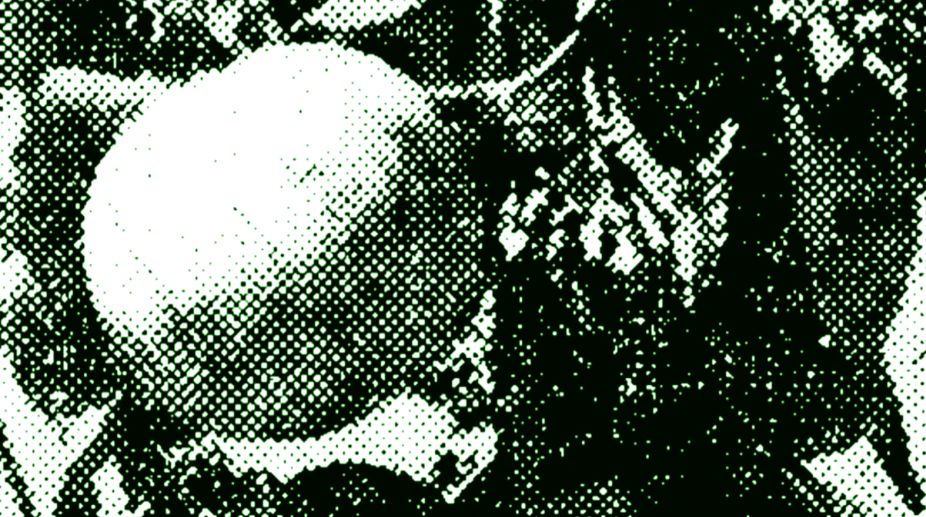Foods to aid your sugar detox journey
Discover foods that support your sugar detox journey with this guide. From fruits to dark chocolate, find tasty alternatives to satisfy cravings while staying committed to healthier choices.

Can you guess what fruits and flowers are shown in my photograph? The lack of colour may be a handicap, and so I provide a description in addition. The flowers are a delicate, pale green, with an appetising fragrance, “with the scent of fenugreek” as Gamble has it, and the fruits are some two inches across, spherical, smooth, and coloured a most attractive deep pinkish orange. And inside this tempting rind is a bitter pulp, and embedded in it three or four round, flat, grey, coat-button seeds that are also bitter, and intensely poisonous.
In fact, these are the flowers and fruits of the “etti-maram”, a rather graceful tree still common enough in the south Indian countryside. In Tamil literary traditions the tree is considered the personification of total uselessness and is the classic simile for a man who is well off but does no one any good.
However, that is a fanciful literary comparison, and the value of the tree or rather its seeds, has been widely recognised not only in the south or in India, but all over the world. Many celebrated allopathic tonics of a generation ago were based on the bitter and poisonous principle in the seed, administered in small doses. When I was in college, I overheard a friend, preparing for an examination in pharmacology, mugging up the formula of a famous pick-me-up, and I remember it still: Syrupus ferri phosphates cum quininia et strychnina—it was the strychnine in it, much more than the iron phosphate or quinine, that gave that tonic its peculiar virtue.
Advertisement
In indigenous systems of medicine, too, strychnine has long been valued as a nervine tonic and appetiser, and still is. In the old days, a much greater and wider potency was ascribed to it. Up to a point, an immunity to its poison could be gradually cultivated, and it was taken for granted that all other poisons would be rendered innocuous, if one built up this tolerance of strychnine. It was something like prophylactic inoculation in its rationale, but unfortunately much less true. My grandfather (my father’s father, that is) could eat enough nuxvomica seeds to kill two normal men, for he had slowly built up a resistance to the poison. He lived to a ripe old age and ultimately died of natural causes and not poisoning, but nowadays faith in the belief has waned.
In fact, looking up “strychnine” in a recent American encyclopedia to get the latest information on its uses in medicine. I was greatly disappointed to find it dismissed as “an obsolescent heart stimulant”, replaced in modern practice by more efficient and less toxic substances. May be that is true of America, but people here still believe in strychnine, and not merely in its efficacy as a heart stimulant.
That it is poisonous and can kill, given in a sufficient dose, is a well known fact. What is less well known is that quite a few birds and beasts eat the fruit, bitter as it is, pulp seed and all, with no subsequent regrets. I remember a stay in a forest rest house whose amenities were somewhat primitive. I found the early morning coffee intensely bitter, and told the rest house man that he should take the pains to make a less bitter brew. He charged me heavily for fresh coffee seeds, but next morning it was no different, and when I commented on this sharply, he argued that there was nothing wrong with the decoction he had made, and that it was the milk, which he had not made, that was bitter.
More to humour the man, who was evidently a whimsical lunatic, than anything else, I sipped the decoction he offered me ~ and it was truly excellent! Then I tried a spoonful of the milk, and it was at once clear that improbable as it seemed, the man spoke the truth. I asked him if they fed the local cows on cinchona bark, and he informed me unsmilingly that it was not that and no fault of the milkman either, but that the cows had a passion for the ripe fruit of the “etti-maram” which they indulged in when sent out to graze in the jungles. I stuck to black coffee for the rest of my stay there not without a sneaking thankfulness for the fact that my ancestor could not take note of this cowardice on his grandson’s part.
This was published on 20 March 1967
Advertisement